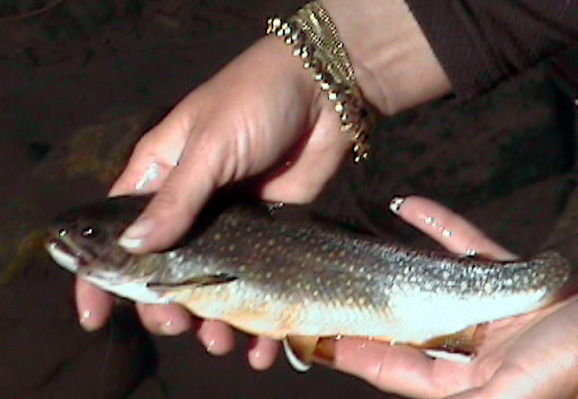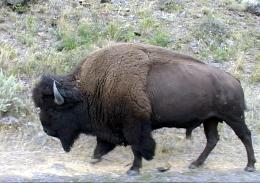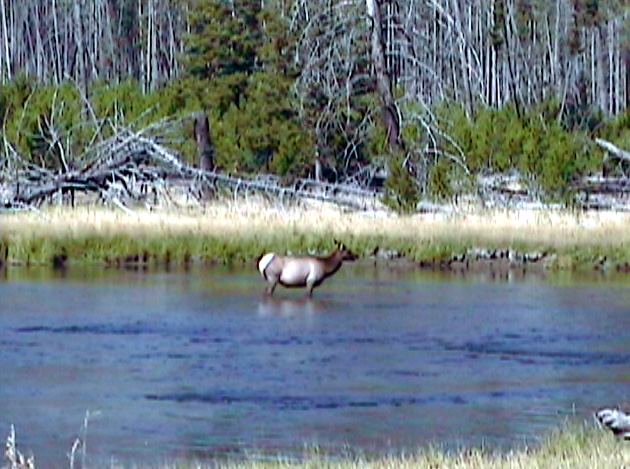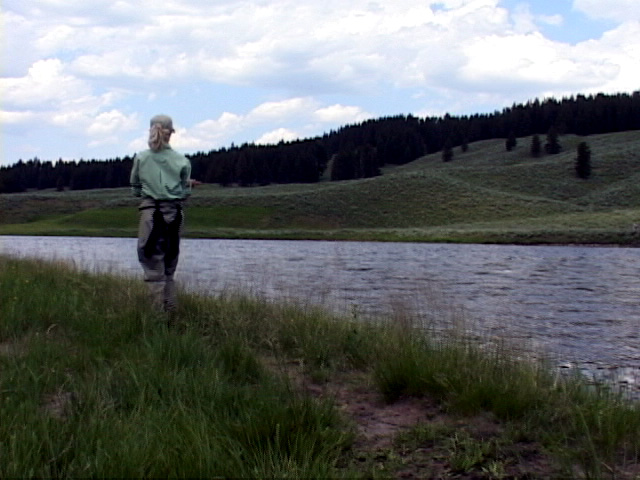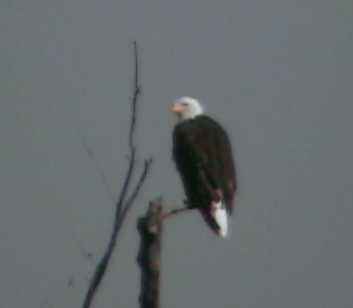
the corner.
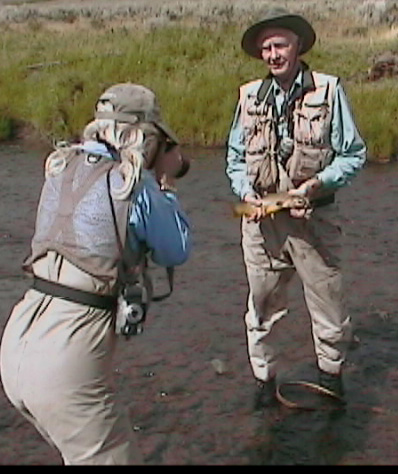
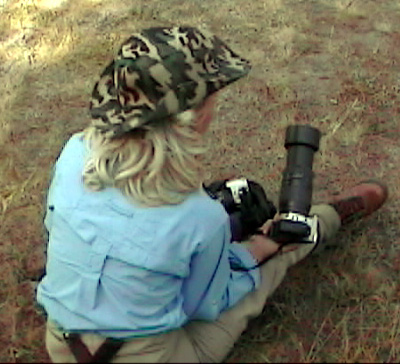
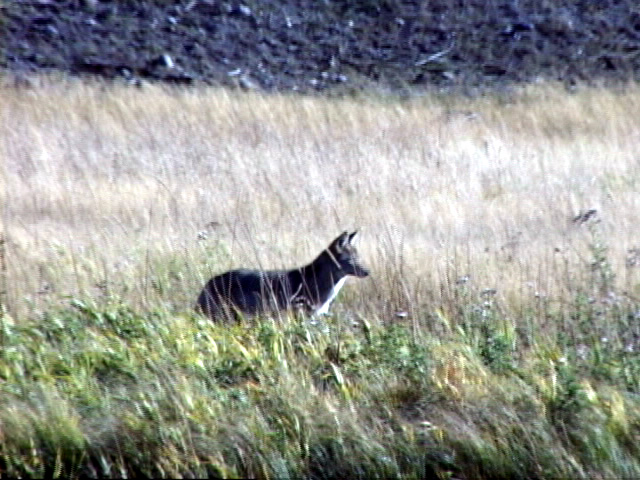
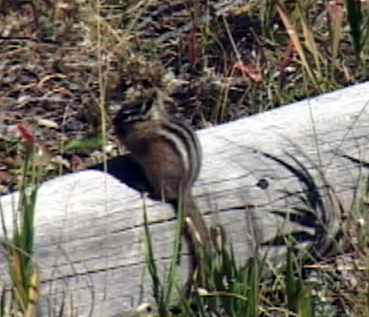
Fly fishing in the Yellowstone National Park is great during the entire fishing season; however, there are differences in the methods, strategies and techniques you should use throughout the season depending on the varying environmental conditions. The temperature and oxygen content of the water can drastically affect how often and how much trout feed. To be consistent, It is important to understand the trout’s underwater world.
Click on the season for information on fishing at different times of the season:
Spring
Summer
Fall
Important Information on the Yellowstone Weather and Seasons:
The entire fishing season in Yellowstone National Park is relatively short. From the first day of opening season, the Saturday of Memorial Day weekend, until the end of the season, the first Sunday in November, is only about 164 days or just over 5 months depending on the calendar that year. We have broken the season up into spring, summer and fall according to the calender but that can be very deceptive.
The spring season, is less than a month long. It can feel more like winter than spring some years. The summer season represents the majority of the fishing season. The fall season, like the spring calendar season is short. It last for just over a month.
Actually, the autumn like changes starts occurring before the summer ends. In August the grass turns brown and by the end of August, the weather will cool off considerably. However, what is supposed to be normal is usually not what actually happens.
Normal is more like the average of extreme variables. The weather can vary greatly at these elevations. It can also change much faster than at the lower elevations. Keep this in mind as we provide this information. If you are planning a trip to Yellowstone, you should always check on the current conditions.
The 2007 Season:
The year this website was launched (2007), the weather was very abnormal. Everything happened faster or before it normally does. The year started out with a less than normal amount of snow fall. This meant there was not going to be as much water in the streams as there normally would be. Summer started quickly and the air temperature went into the low nineties before July. By the first week in July, the Firehole River was already to hot to fish. So was many other streams. The northeastern section of the park was already coming into its prime time, two to three weeks before it normally does.
There is no sense in continuing to explain 2007. It is too late. The point is that you should understand how the weather and amount of snowfall effects the streams of Yellowstone. You should also understand that it is important to check ahead and plan your trip depending on current conditions. That said, in our spring, summer and fall pages, we will try to provide a timetable that is considered normal for the park. We also have provided links to weather, snow packs and water level information. You should take this information and adjust it for the abnormal weather changes taking place the particular time you are going to Yellowstone. This should give you a fairly accurate idea of what to expect.
Copyright 2011 James Marsh
